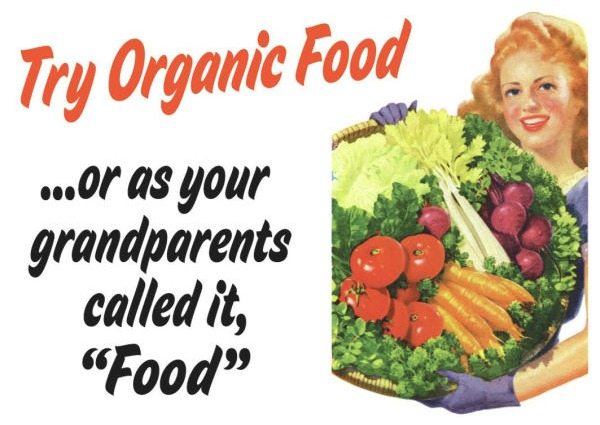Whether you’re on a low-carbon diet or just want fruit and vegetables that taste great, here are 4 reasons eating local produce is for everyone.

Image via positiveatmosphere.com
According to the EPA, food accounts for around 30% of the Australian ecological footprint.
Luckily, eating local produce can be a great way to cut down on unsustainable production, extreme travel distances and excess packaging. In a country where about 60% of the food retail market is owned by two companies, it’s becoming increasingly important for our climate, environment and economy that we find out where and how our food is grown – and what better way than buying from the source? Here’s why:
1. Lower energy consumption
Food miles
Even though only 10% of Australia’s fresh fruit and vegetables are imported from overseas, our vast landmass means that produce can travel long distances to make it to your local supermarket – often needing extra energy for refrigeration and storage.
Farming methods
Buying fresh fruit and vegetables is a great way to cut down on industrial energy use, as well as waste created by processing, packaging and marketing – which can mean much lower carbon emissions.
And not just that – small farms are more likely to adopt low-input production systems that cut out energy-intensive pesticide and fertiliser practises, using up to 40% less energy. According to the EPA, buying more organic food can reduce your food footprint by about 15%!
Most importantly, local farmers can tell you exactly how they raise and harvest their crops – giving you the power to choose the best fruit and vegetables for you.
2. Pesticide and GMO free
Local produce and fruits and vegetables you find at a farmers market are much more likely to use ecological farming methods and be organic and GMO-free.
And again – the best part about heading to a farmers market is that you can find out exactly what chemicals were used in the growing of your fruit and veg!
3. Keeping it sustainable
Large-scale agriculture projects can disturb natural nutrient levels and result in hazardous run-off and water pollution. According to the Bard Centre for Environmental Policy, this is avoided when producing fruit and vegetables for regional use as nutrient cycles remain local.
What’s more, The Earth Institute notes that small farms often enrich soil with cover crops, rebuild crop and insect diversity and rebuild border areas for wildlife. Small-scale farming is much more likely to reduce chemical use and creation of pollutants, limiting environmental impacts.
4. Protect genetic diversity
To meet modern consumption needs, industrial agriculture focuses on produce that is able to ripen simultaneously, withstand a long shelf life and survive mass harvesting, packaging, shipping and storage. The few varieties of fruit and vegetables that meet these demands mean there is little genetic diversity in the food supply.
Luckily, local farmers are able to produce a much larger variety of fruits and vegetables which taste better or have a longer harvest season – including ‘heirloom’ varieties which may house the genetic diversity needed to survive a changing climate.
Where do I go?
Farmers markets are one of the best places to get your hands on locally produced fruit and veggies. If you’re in Australia, you can find your closest farmers market using this directory from the Australian Farmers’ Markets Association: http://farmersmarkets.org.au/find-a-market/
Whether you’re eating food from a supermarket, a farmers market or from your own veggie patch – remember to only take what you need. According to the ABC, $8 billion worth of edible food hits the bin in Australian households every year – wasting massive amounts of water and energy.
Know a great farmers market or have any tips for finding great local produce? Leave a comment below and share it with us!



